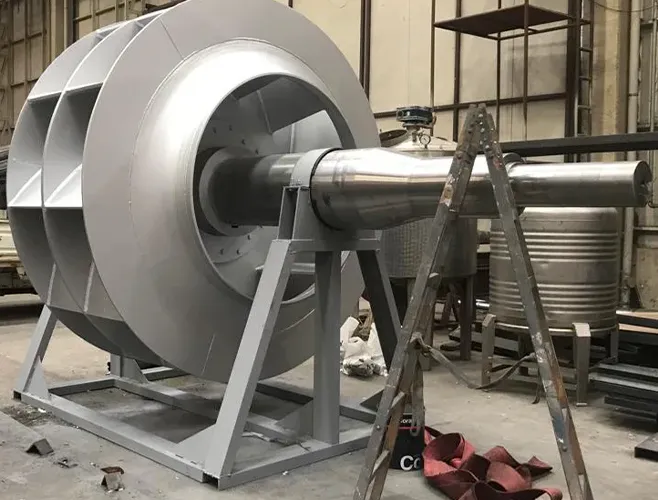Radial refers to systems that radiate or extend outward from a center or axis. Ventilation fans that operate on this principle draw air around a central axis and blow it outward. These fans feature blades that rotate within a circular housing.
Radial fans are also known as centrifugal fans. Based on the principle of centrifugal force, these fans can generate higher pressure compared to axial fans. The circular structure of a centrifugal fan makes it suitable for use in confined spaces. This feature increases its desirability for industrial applications.
The applications of centrifugal fans can be outlined as follows:

